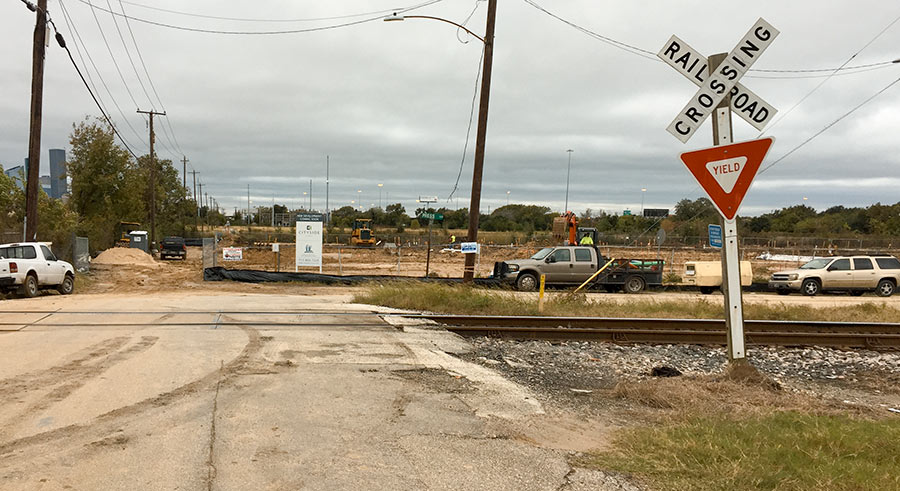WHAT ABOUT THE FLARES? “An estimated 1,600 tons of smog-forming nitrogen oxides and volatile organic compounds are released in the Houston region each day. They mix with sunlight to form ozone, a colorless gas that can cause lung damage. Formaldehyde and other radical precursors matter because, without them, the volatile organic compounds emitted by cars, industry, paints and other consumer products would form much less ozone, [the Houston Advanced Research Center’s Jay] Olaguer said. Industrial flares burn off pressurized gases but also can shoot out massive amounts of noxious emissions. The Houston area has about 400 flare stacks, and they are among the largest and least- understood sources of pollution in the region, researchers said. A recent University of North Carolina study found that formaldehyde from flares may increase Houston’s ozone by as much as 30 parts per billion. In tandem with the pollution that blows into the region from elsewhere, that might be enough to keep Houston from meeting the new federal ozone limit of 75 parts per billion, scientists said. The state’s current plan for reducing Houston’s smog doesn’t consider formaldehyde and other precursors. ‘If there is a problem with flares, it upends the entire regulatory strategy,’ said Harvey Jeffries, an atmospheric chemist who conducted the UNC study.” [Houston Chronicle, via Off the Kuff]




If that’s all true, then Houston’s car driving population is ok. If they think these are what pushing us over in the EPA rules, then keep driving.
It’s makes some sense when comparing to other cities not far from us with similar situations. Lake Charles and Baton Rouge have very similar industrial components present and are always struggling to be free from stricter EPA requirements. They are much smaller than Houston and have substantially less vehicular traffic. If you want a scale of Houston’s size, the Houston Transtar system is in charge of more traffic lights than the entire state of Louisiana (from LaDOT). Houston Metro has a population larger than the Louisiana too. Yet Lake Charles and Baton Rouge have similar pollution troubles by constantly violating EPA guidelines for ozone.
Industrial flares could be converted into energy or heat generation that would reduce the use of natural gas that is likely used at those sites.